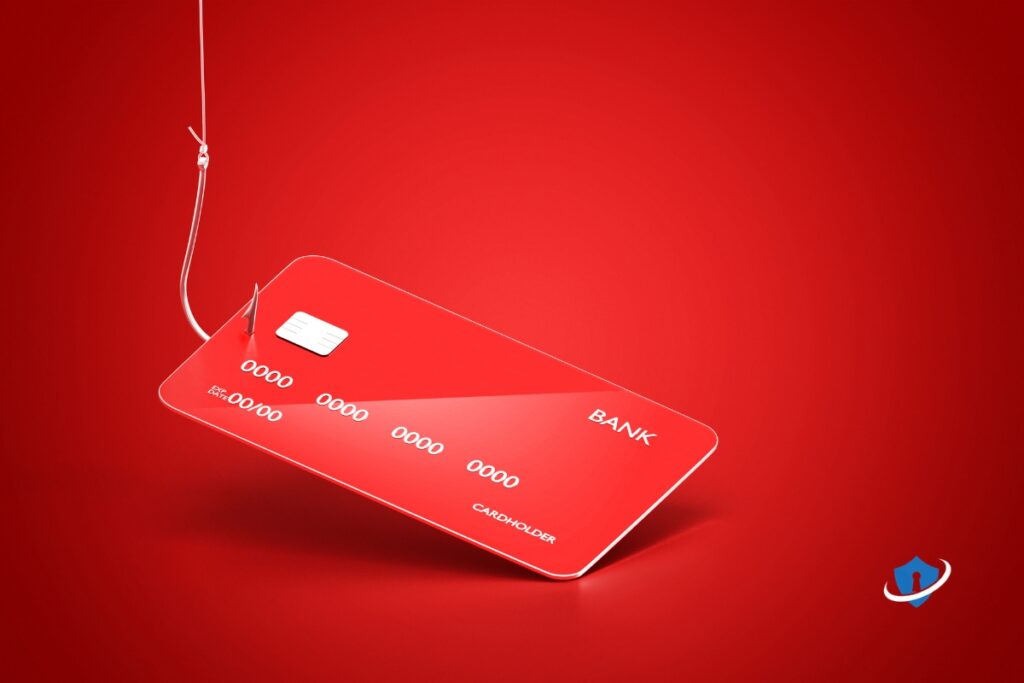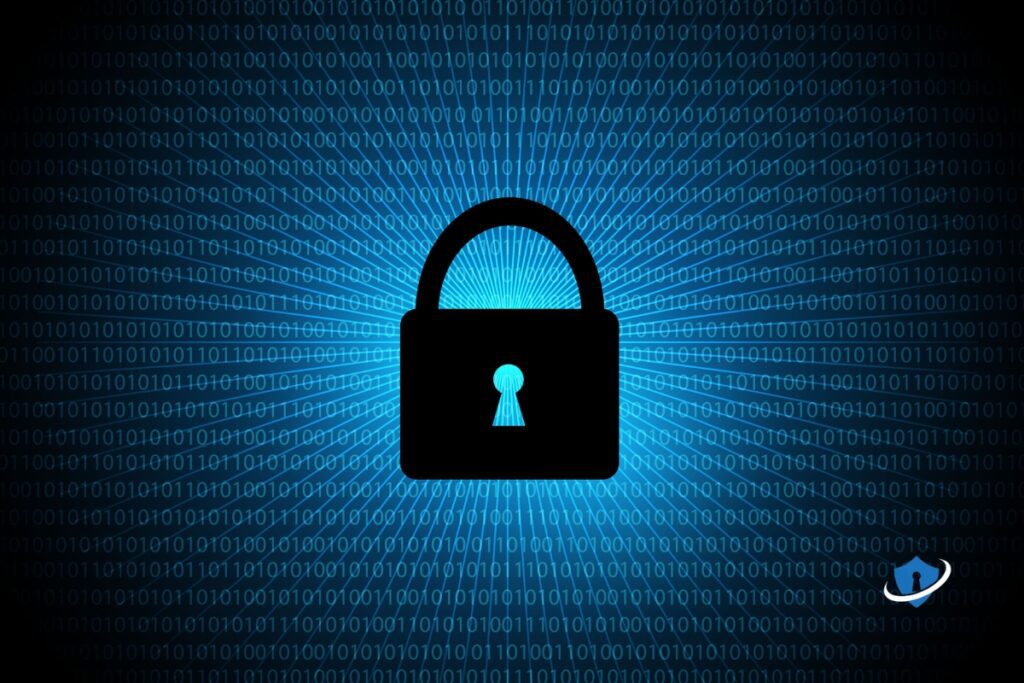
Why Identity Theft Is a Growing Threat in 2025

In 2025, your personal data is everywhere, on shopping websites, in old accounts, in marketing databases, and even drifting through the dark web. Just one exposed detail in the wrong hands can lead to serious damage. Someone could:
- Open credit cards in your name.
- Steal your tax refund.
- Drain your bank account.
- Commit crimes using your identity.
Most people don’t even realize it’s happening until the damage is already done.
The good news?
You can spot identity theft early, and stop it fast, if you know the warning signs and take the right steps.
🚨 10 Warning Signs of Identity Theft

1. Unexpected charges or withdrawals
If you see a charge on your bank or credit card statement you don’t recognize, even a small one, it could be a test run by a thief.
📱 SafeWebLife Tip: Even $1 charges can be “test transactions” to check if a card is active.
2. You receive bills or mail for accounts you didn’t open
Debt collectors or unfamiliar credit card statements showing up? That’s a major red flag.
3. Your credit score drops for no clear reason
If your score suddenly dips and you haven’t opened a new account, someone else might have.
➡️ NordProtect Review 2025 — Ultimate Guide to Identity Theft Protection
4. Two-factor codes or login notifications you didn’t request
Password reset emails, verification texts, or login alerts from unknown sites can mean someone is trying to break into your accounts.
5. You’re denied credit or a loan you should qualify for
Fraudulent activity on your credit report can trigger lender denials, even if your financial history is clean.
6. A tax return is rejected because one was already filed
This is a clear sign someone has used your Social Security number to file fraudulently.
7. Your health insurance claims are denied
If your insurer says coverage was already used for services you never received, someone may be impersonating you medically.
8. Your email or accounts are suddenly locked
If your password no longer works and recovery methods have been changed, your account may be compromised.
➡️ What Is Account Takeover Fraud? And How to Stop It Before It Happens
9. You get alerts about a data breach
If a company you use has been hacked and your info exposed, identity theft could follow, even months later.
➡️ How to Protect Your Email from Hackers — Simple Steps for 2025
10. Your friends receive strange messages from you
If people report emails or DMs that don’t sound like you, it’s a sign your identity or account has been hijacked.
➡️ 7 Privacy Settings You Need to Change on Every Social Media Account Immediately
🛡️ What to Do If You Suspect Identity Theft

✅ Step 1: Freeze your credit
This stops anyone from opening new credit accounts in your name.
- Contact Equifax, Experian, and TransUnion.
- Free to do in the U.S., and can be lifted at any time.
✅ Step 2: Report the fraud
- In the U.S., report to the FTC at identitytheft.gov
- File a police report if fraudulent accounts were opened or money was stolen.
✅ Step 3: Notify your banks and creditors
Immediately contact your bank, credit card companies, and loan providers to:
- Lock down accounts.
- Reverse unauthorized charges.
- Begin investigations.
✅ Step 4: Scan devices for malware or spyware
If someone accessed your information, your phone or computer may be compromised.
📱 SafeWebLife Tip: Use trusted tools like Malwarebytes to scan for spyware or keyloggers.
✅ Step 5: Enable 2FA and change passwords
Turn on two-factor authentication for all major accounts, and update your passwords using strong, unique combinations.
➡️ How to Create Strong Passwords That Are Easy to Remember
➡️ What Is Two-Factor Authentication and Why You Need It!
✅ Step 6: Start monitoring your identity
Use a service like NordProtect to monitor credit reports, data breaches, and suspicious activity in real time.
📱 SafeWebLife Tip: These tools can alert you before small issues become big problems.
🔒✅ Final Takeaway: Act Fast, Stay Safe

Identity theft is serious, but it’s also preventable. The faster you spot the signs, the quicker you can shut down the threat and start recovering.
By:
- Watching for early warning signs.
- Freezing your credit when needed.
- Securing your devices and accounts.
- Using trusted identity monitoring tools.
You can stay one step ahead of identity thieves and protect what matters most.
📱 SafeWebLife Tip: Set a monthly reminder to check your bank statements, credit report, and data breach alerts. Just 10 minutes could save you thousands.
💬 FAQs: Identity Theft in 2025
Q: Can identity theft happen even if I’m careful online?
A: Yes. Even if you don’t overshare, your data can be leaked through breaches at companies you trust. That’s why monitoring and fast action matter.
Q: Is freezing my credit the same as locking it?
A: No. A credit freeze is a stronger protection that prevents new credit from being opened in your name. Credit locks are quicker to toggle but not legally guaranteed.
Q: How do I check if my identity has already been stolen?
A: Look for warning signs like unfamiliar accounts, denied credit, or strange tax activity. You can also request a free credit report at annualcreditreport.com.
Q: Can someone steal my identity from just my name and address?
A: Not usually on their own, but combined with other leaked info (like Social Security numbers or passwords), they can be used in phishing or scams.
Q: Is it worth paying for identity theft protection?
A: If you’ve been in a data breach, or want early alerts and recovery support, a trusted service like NordProtect can be a smart investment.






